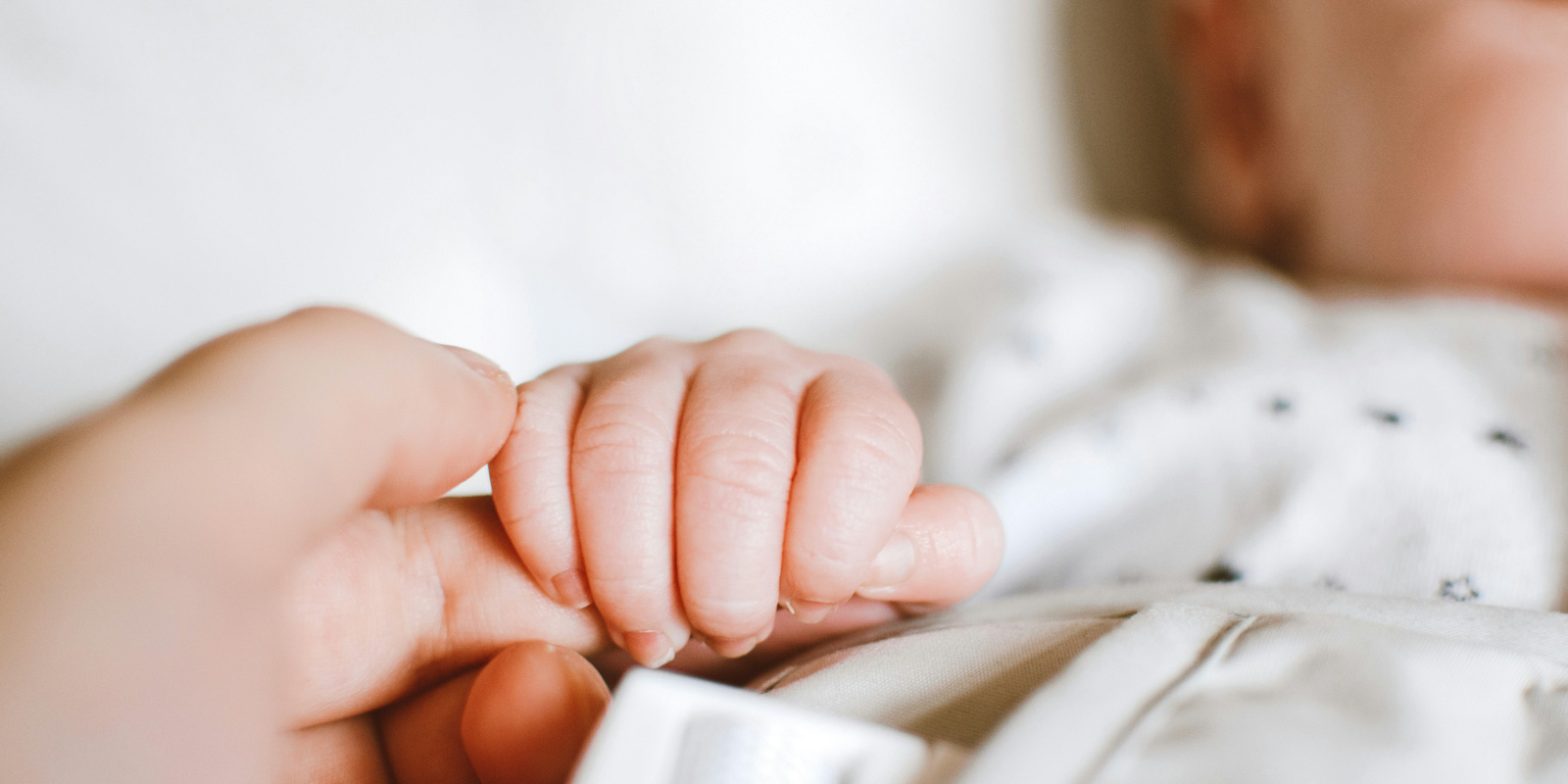Young babies start learning to hold and manipulate objects by grasping their own bodies and clothing, or those of a caregiver. Early childhood educators will be familiar with babies who pull on their lanyards, name tags and hats! If you have a child like this, extend their interest by providing other tactile activities.
Holding is not just a fine motor skill. Educators can also develop a child's gross motor development by providing objects just out of their reach, so they need to stretch and wriggle to touch them. Holding a large object also activates muscle groups throughout the body.
Older children will strengthen their hand muscles and learn to manipulate items in advanced ways. They will be involved in self-help tasks (like dressing and feeding themselves), get expressive as they investigate materials (like clay and playdough), and develop the necessary skills for academic activities (like handwriting).
Hand grasps coodination
As children grow, they will learn to use their hands in different ways. An object can be:
- picked up with two hands or one hand
- transferred between two hands
- thrown and caught with the same hand or different hands
- held while the child performs gross motor actions like crawling or walking.
Early childhood educators can plan learning experiences that involve children holding, carrying and transferring objects.
Children develop different grasps, using all or some of the hands and fingers. All fine motor learning experiences will help strengthen the muscles required for pencil grip.
EYLF learning outcomes
The Early Years Learning Framework (EYLF) asks children to take increasing responsibility for their own physical learning (3.2), which includes the motor skills required to hold and manipulate objects.
Playing with a variety of objects connects children with natural and processed materials (4.4), like wood, paper, plastic and textiles.
While manipulating and exploring objects, children develop learning dispositions such as confidence, commitment, imagination, enthusiasm and persistence (4.1), and skills like problem-solving, experimentation, investigating and hypothesising (4.2).
Children may transfer and adapt what they have learned when playing with different objects (4.3), and also between unrelated activities like playdough squeezing and pencil holding.
Learning experiences
Give children tools and utensils
- Provide babies with objects that are easy for their small hands to hold, like rattles and sippy cups with handles.
- Let babies play with eating utensils. Encourage baby-led weaning and finger foods.
- Teach older children how to safely use real-life tools and cooking utensils.
Play games
- Give children containers and small objects for “posting”.
- Play parachute games so children can hold and shake the edges.
- Play games with balls of all sizes and textures. Babies can hold and cuddle balls. Older children can practice skills like throwing and catching.
- Throw bean bags at targets.
Take on a challenge
Give children physical challenges like:
- stacking a super-tall tower from cardboard boxes
- moving objects in a child-sized wheelbarrow
- using mechanically complicated equipment, like a salt grinder or an egg beater.
Give verbal encouragement when a baby uses their initiative to reach something. Show older children that you believe they can achieve difficult tasks. Encourage them to solve physical problems, use their muscles, and develop self-help skills.
Learning environments
Provide tactile materials and objects
Establish a learning environment that provides free access to materials and objects that children can touch:
- Open-ended materials that children can investigate with their hands (e.g. popping bubble wrap or scrunching autumn leaves).
- Objects that can be connected and disconnected from each other (e.g. keys in locks, latches, jigsaw puzzles and building blocks).
- Sand, clay, playdough, goop and slime. Demonstrate manipulation techniques and use language that describes your actions.
- Provide tiny items, like beads and buttons, that children can pick up with their thumb and finger. Also, provide tweezers or tongs to pick them up with.
- Provide a drawing table with chalk, crayons, pens and pencils. Let children apply paint with various instruments. Teach children how to use scissors.
Motivate children through a sensory-rich environment
Create an environment that stimulates the senses, with items that glow, shine and make sounds. Provide objects with a variety of textures, colours, shapes and materials. Motivate children to touch and explore.
Safely hang tactile mobiles that babies can reach while lying on their backs.
Ensure young babies have access to natural objects and recycled materials, not just plastic items that are easy to clean. Let them scoop sand in their hands and clutch leaves on trees outside.
Set up sensory activities for older children (like tubs of beans or rice), not just babies and toddlers. Encourage them to scrape, scratch, scoop, draw, and let the materials slide through their fingers.

